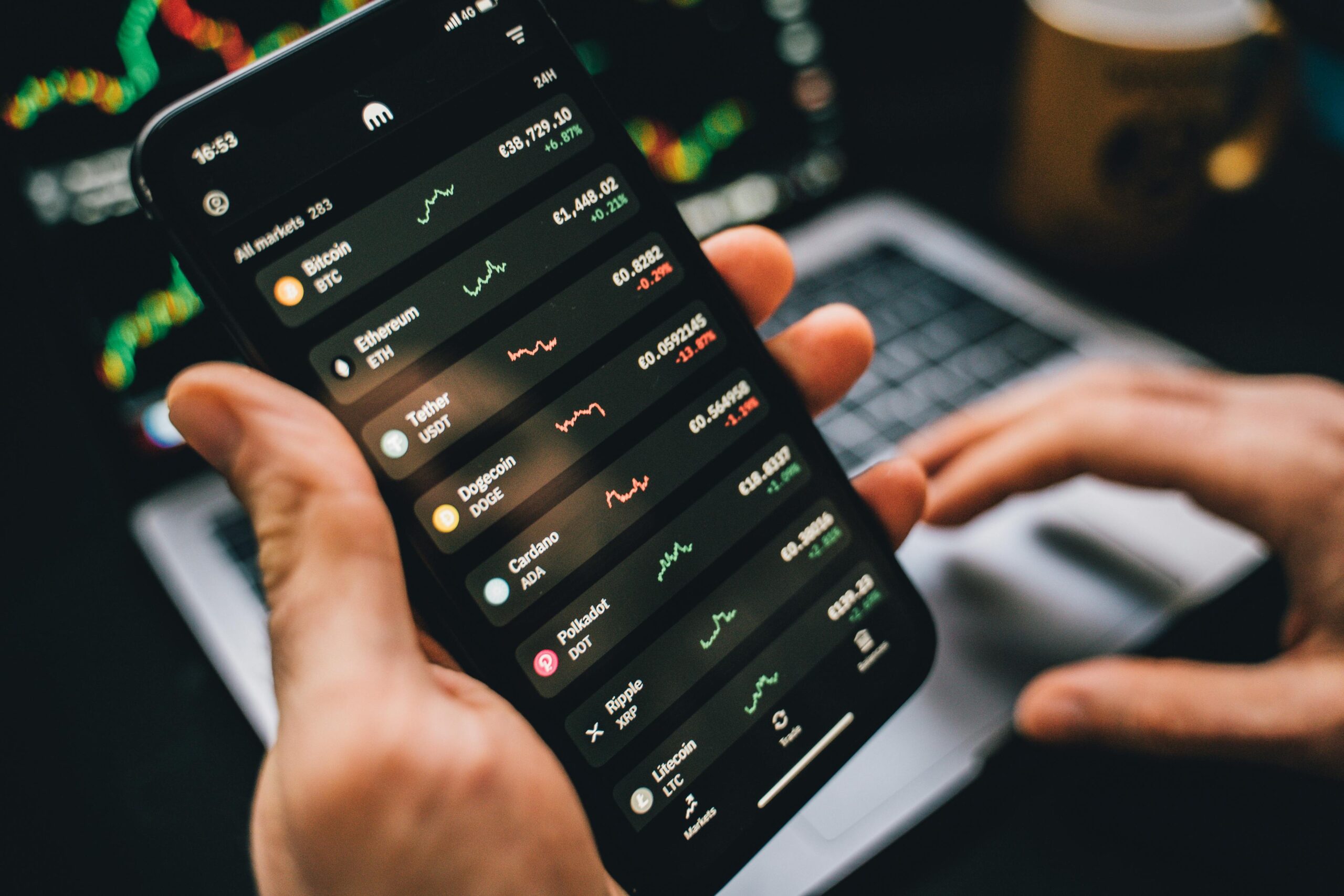How Crypto Spot Trading Works
In spot trading, you buy or sell the crypto assets at market price. The trades are executed immediately through order book system which matches the buy and sell orders. Specifically in spot trading, you fully own the asset and can also hold it for long time. In derivatives trading, you only hold a contract based on underlying asset, not the asset itself. The speed of trade execution depends on liquidity of the specific asset – the higher the liquidity, more easily trade would be executed. Crypto markets with higher liquidity reduce price slippage, which occurs due to large orders.
You can place a buy or sell order using various order types depending on your trading requirements. Market order type is commonly used to buy or sell crypto asset at current market price, ensuring immediate execution. For more specific conditions, you can use advanced order types like stop-limit orders. These allow you to set both a trigger price and a limit price. When the trigger price is reached, the order becomes active, aiming to execute at the limit price or better. This type of order can help manage risk, providing more control over trade execution in volatile markets.
Spot Trading on Crypto Exchange
When you are just getting started with crypto trading, make sure you select a reliable and secure crypto exchange. Most exchanges implement the KYC process due to regulatory requirements during account registration.
You can sign up by entering your details, including email, password, phone number, etc. In the KYC process or identity verification, you need to provide images of your government-issued ID card. Once completed, you can deposit crypto into your exchange account. You can transfer assets from another crypto wallet or simply purchase crypto by depositing fiat currency into your account. Once you have assets, you can start trading crypto by heading to the spot market interface.
Spot Trading on a Broker
A broker is a trading platform that facilitates buying and selling of cryptocurrencies at a set price. Unlike a crypto exchange, where users trade crypto directly with each other, a broker uses its internal liquidity to facilitate trading of crypto. These platforms are more centralized in how they operate compared to crypto exchanges. For instance, brokers manage the inventory of assets, set prices, and may charge hidden fees. Investors who trade on brokers often have peace of mind since these platforms are highly regulated, secure, and comply with KYC/AML regulations.
Apart from crypto trading, brokers also allow trading of other assets such as currencies, stocks, and forex. Investors can manage their inventory spanning crypto, forex, and stocks under the same platform, although they have less control.
Once you have created an account, you can start trading crypto on the trading interface, enter transaction details, review the fees, and execute a buy order. However, you cannot use custom order types such as limit or conditional orders on a broker.
Placing First Crypto Order
Move to the spot market or trading platform of the crypto exchange you are using. Now, you can select from several trading pairs such as BTC/USDT or ETH/BTC, depending on what type of crypto you already have. If you have USDT and want to buy BTC with it, take a moment to analyze the current BTC market conditions using charts and other trading data. You can set various technical indicators like Moving Averages (MA) and Relative Strength Index (RSI) on the candlestick chart. RSI is an effective indicator used to identify oversold or overbought conditions based on changes in price movements.
Then, select the market order type and enter the amount of BTC you want to purchase. Click Buy to execute the order immediately at the current market price. Review the order details and confirm the transaction. Afterwards, you can check your new account balance, which will include the purchased BTC.
Monitoring Your Strategy
If you plan to sell BTC later when its price surges, it’s crucial to stay in touch with Bitcoin’s market conditions. Technical analysis, fundamental analysis, and information about market sentiment can aid you in identifying the best time to sell BTC. Signals from multiple indicators about future price movements are very helpful. For example, when the RSI value is above 70, and the short-term Moving Average crosses below the long-term Moving Average, it may be a good time to sell your asset. Fundamental analysis involves identifying specific events that can impact a cryptocurrency’s price, such as halving events or regulatory crackdowns.
Alternatively, if you didn’t purchase BTC yet but want to buy it at a lower price point, the RSI indicator and MA can be helpful. An RSI value below 30 indicates an oversold condition and may be a good time to purchase a cryptocurrency.
Alternative Ways of Spot Trading
Many traders have shifted focus from manual trading to automated trading to avoid the stress of manual setup. These bots work according to an underlying strategy that can be configured by entering parameters. For instance, a DCA bot automates regular purchases of crypto at target prices and at a chosen frequency. Another widely used bot is the grid bot, which allows users to trade within a specific price range.
Although bot trading is a good option for trading in the spot market, it requires sound knowledge of how these bots work and the specific risks associated with them. These bots execute trades based on parameters determined by the user, and in some cases cannot prevent losses when market conditions are unfavorable. In a situation of continual market decline, grid bots or DCA bots may keep buying assets according to predefined parameters set by the user, which can lead to further losses. That’s why monitoring the performance of trades executed by bots is an essential part of automated trading. In cases of prolonged market decline, it may even be necessary to disable the bots.
Usually, a better approach is to use each bot in the type of market it is built for. For instance, a DCA bot works well in bearish or sideways markets, while a grid bot works best in a ranging or sideways market with volatility.
Concluding Remarks
Crypto spot trading is the most basic form of trading, involving the buying and selling of crypto at the market price. By buying at a low price and selling at a high price in a spot market, investors generate profit. To achieve this, traders often use different order types to define how and when a trade must be executed. This level of trade customization is mostly possible on crypto exchanges. Other trading platforms, such as brokers, also offer crypto trading, though with less trade customization.
For spot trading, many traders prefer trading bots to automate the process with custom trading rules. However, these bots are not completely immune to losses if market conditions are unfavorable. That’s why a proactive approach is required—analyzing price trends to decide better trade entry and exit points, whether in manual or automated spot trading.


